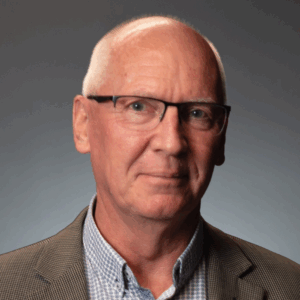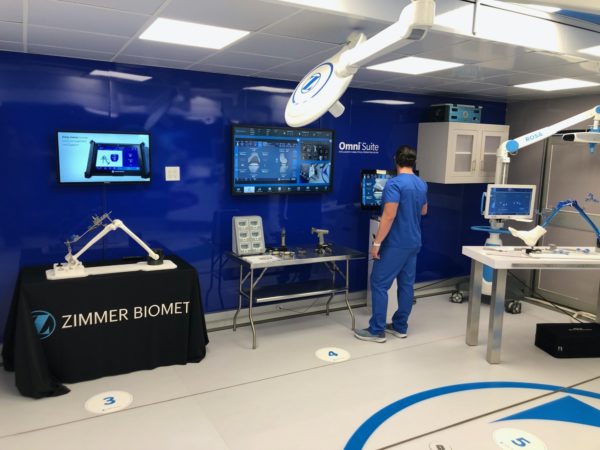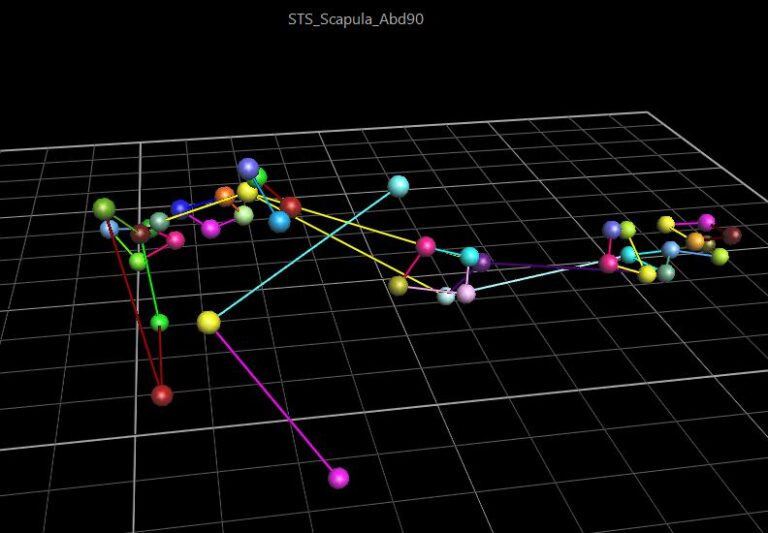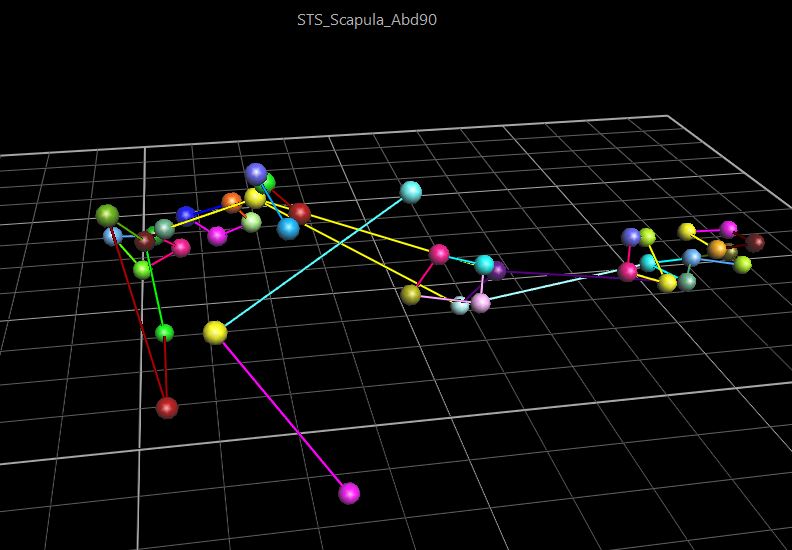
Professor Graham Kerr to Help Lead ARC’s Push in Health Sensing.
Australia’s rehabilitation science is entering a new phase: wearable, data‑rich, and designed to work where patients actually live and recover. An important contributor to this shift is Professor Graham Kerr, Chief Investigator and Program 4 Lead at the Australian Research Council (ARC) Training Centre for Joint Biomechanics. His program specialises in in vivo assessment of upper limb movements, physiology, and rehabilitation, and has built a reputation for research that helps translate biomechanics into practical tools for clinicians and patients. Now, Prof Kerr will also serve as a Chief Investigator for the new ARC Industrial Transformation Training Centre for Transformative Health Sensing Technologies, led by the University of Melbourne, extending this trajectory into an effort focused on next‑generation wearables and sensing platforms.
Aligned missions, expanded reach.
The Joint Biomechanics Centre’s Program 4 is focused on measuring what matters: the quality, symmetry, and control of upper limb movement during real tasks, alongside the physiological signals that shape recovery. That core competency, capturing accurate human movement in the real world, maps directly onto the new Centre’s goal to build wearable devices that can continuously sense health, flag risks earlier, and personalise rehabilitation. Where Program 4 has focused expertise in upper limb function, the Transformative Health Sensing Technologies Centre will expand similar themes across a wider range of devices, contexts, and clinical pathways.

Partnerships turning research into devices.
Program 4’s approach is specifically translational. Partnering with Logemas, the team has advanced research and development around the Vicon Vero gait analysis system, high‑fidelity motion capture that provides the data needed to validate and benchmark new sensing methods. With Zimmer Biomet, the program is progressing wearable sensors and technology that can move seamlessly from clinic to home, supporting therapy adherence and ongoing monitoring between appointments.
Guided by Prof Kerr, Program 4 has also embarked on developing wearable devices built on Inertial Measurement Units (IMUs) to monitor upper limb movement in both clinical and home environments as a rehabilitation tool. IMUs offer a practical route to continuous, real‑world data without the constraints of traditional lab‑based systems. PhD Candidate Arthur Fabre is advancing this innovation pipeline with backing from Centre partners, ensuring that hardware, algorithms, and clinical validation advance together rather than in isolation.
A national investment in transformative Biotech.
ARC Industrial Transformation Training Centres are designed to do something Australia has historically struggled with: turn world‑class research into world‑class products that reshape healthcare delivery. In health sensing and rehabilitation, that transformation is already visible. Motion analysis that once required a lab is informing algorithms worn on the arm. Sensors that once delivered snapshots now stream continuous signals that map recovery in real time. And cross‑sector teams, engineers, clinicians, designers, and industry are building devices that develop grow scientific innovation and offer scalable solutions for real‑world needs.
The impact extends beyond single conditions or patient groups. Continuous, high‑quality sensing enables proactive models of care, reduces preventable hospital visits, and helps clinicians allocate attention where it will matter most. It builds a workforce fluent in both science and product, and it sets the stage for made‑in‑Australia health technologies that compete globally.


